Landing pages are the unsung heroes of your website. They act as a central activity hub, turning views into leads, and leads into customers. And while they are super important, they don’t always get the love they deserve.
Or at least as much as they should.
Especially considering that the landing page is basically the tent pole of the whole operation.
So, let’s give your landing page the attention it deserves. Trust us; what you give to your landing page, you’ll get back tenfold in return. Better landing pages mean potential customers can find what they want more easily, and that means knowing how to improve landing page experience is one of the best ways of improving conversions on your site.
What can a professionally optimized landing page do for your business? For sign-up forms, landing pages have the highest conversion rate at about 23%. They beat out other options like pop-ups, signup boxes, and more when it comes to encouraging conversions, which is why knowing how to improve landing page experience is so crucial to better business success.
Here are 7 best practices you can use to get the most out of your landing pages today:
Best Practice 1: Keep Your Landing Pages Simple
You be the judge. Which landing page would you rather engage with? This one:
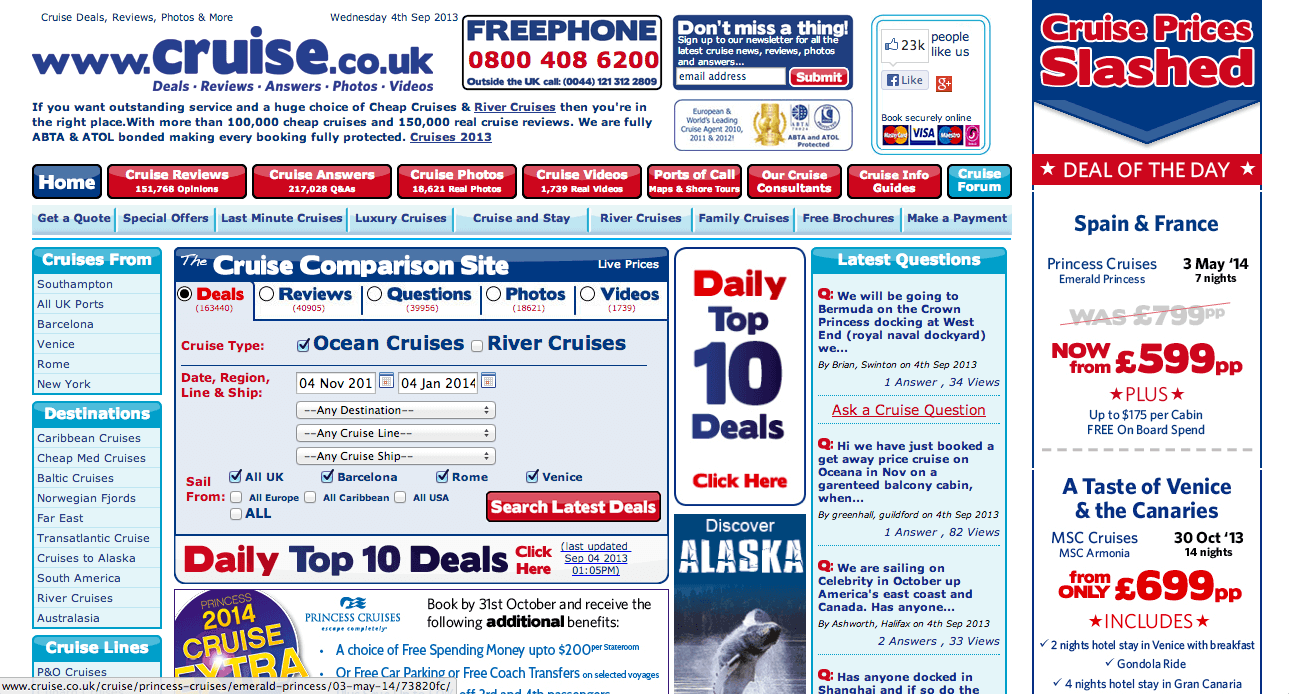
Or this one:
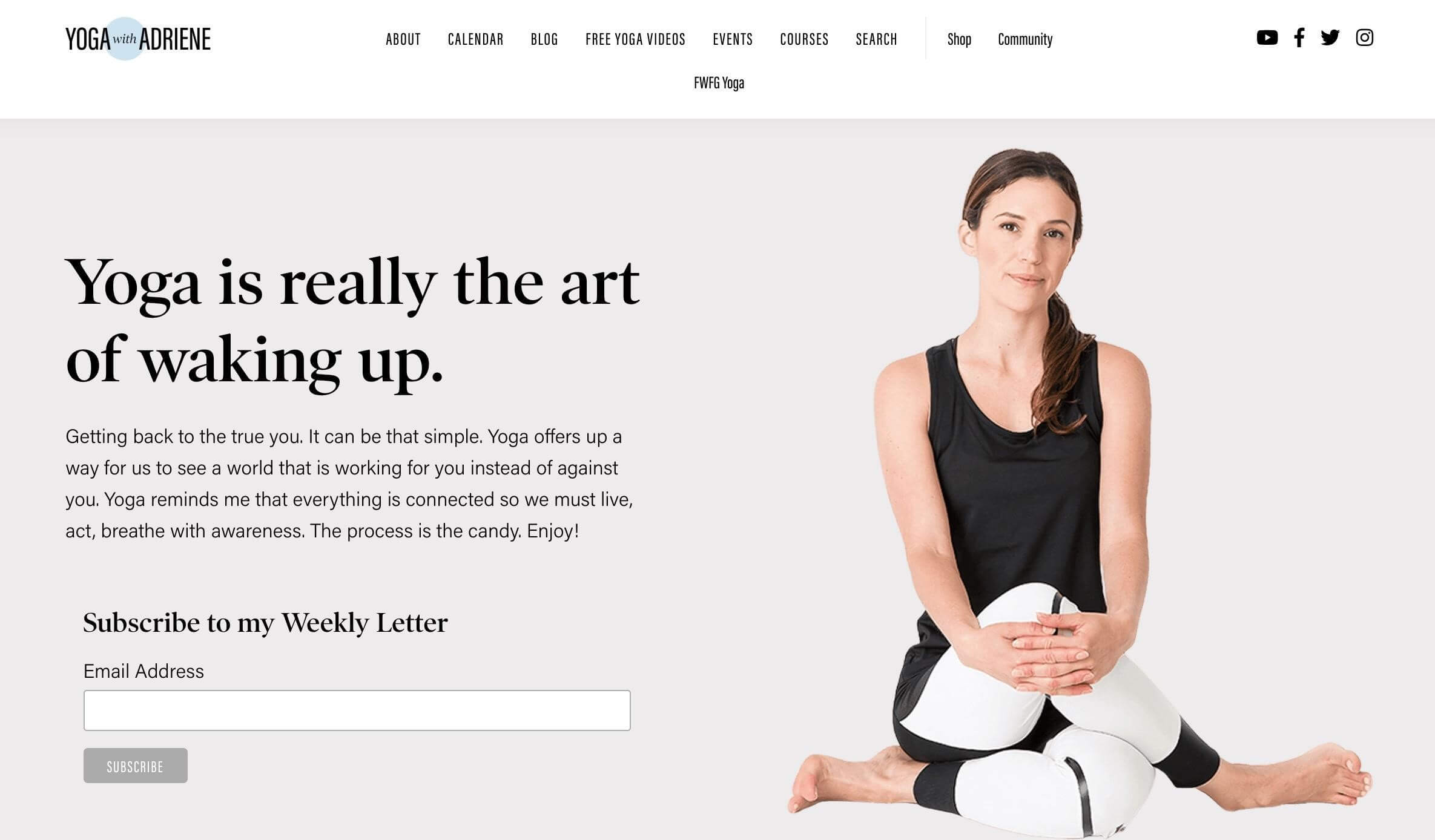
The second, right?
The second is far more engaging, and it has a lot to do with its simplicity. Having a well-designed, and inviting landing page design is a great way to improve visitor experience and prevent visitor bounces. If you want to know how to improve landing page conversions and experience, focus on giving visitors exactly what they need.
There is no confusion over what Adriene is asking with her Yoga landing page. Her message is clear, concise, and effective.
Considering the average human attention span is said to be 8 seconds, that gives you a blink of an eye to get someone’s attention, inform them, and convince them to take action.
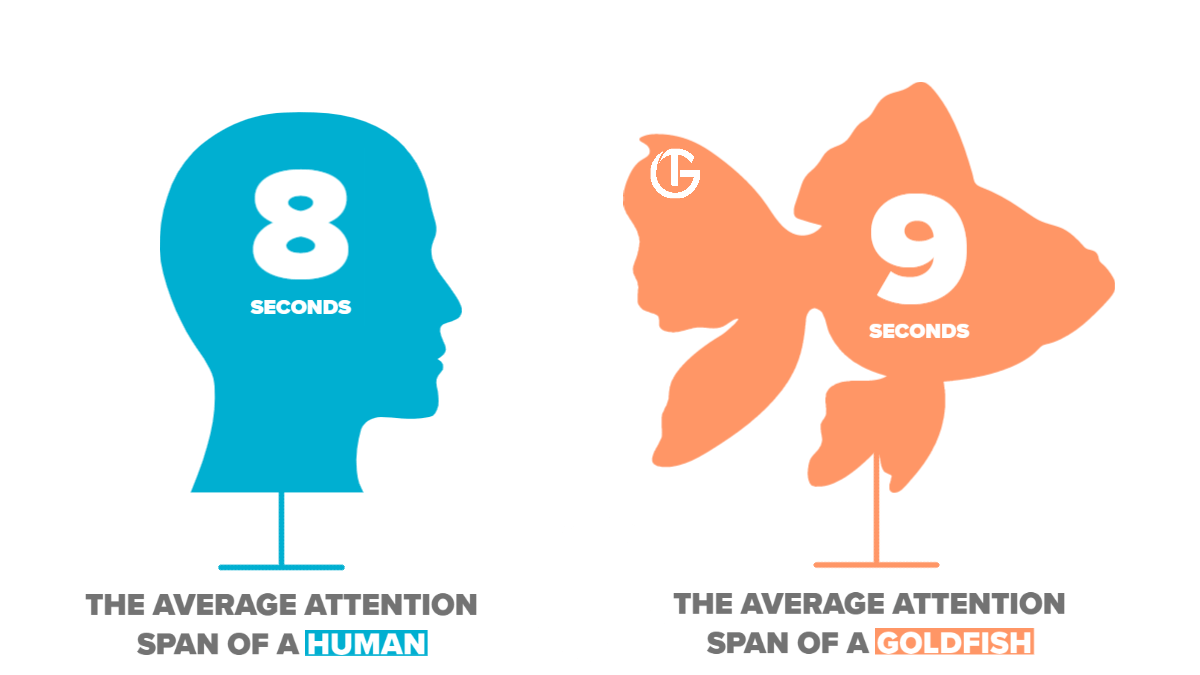
To put that into perspective, a goldfish even has a longer attention span than we do!
This is why all your landing pages should rely on three things to capture your target’s attention – and keep it. To get better landing pages, think about using these strategies:
- Unique Selling Proposition (USP) – Clearly outline the features and benefits of your offer.
- Attractive Hero Image – Use strong, contextual images to engage your audience
- Single conversion goal (aka CTA) – Be very clear about what you are asking of your audience. Use a singular, focused call-to-action with either a lead gen form or a button.
- Bonus – Use social proof in the form of testimonials, trust symbols, or ratings to support your claims.
That’s it. Simple. Straightforward. Engaging.
Some pages even forgo the hero image and opt for text, which can be just as effective if executed the right way.
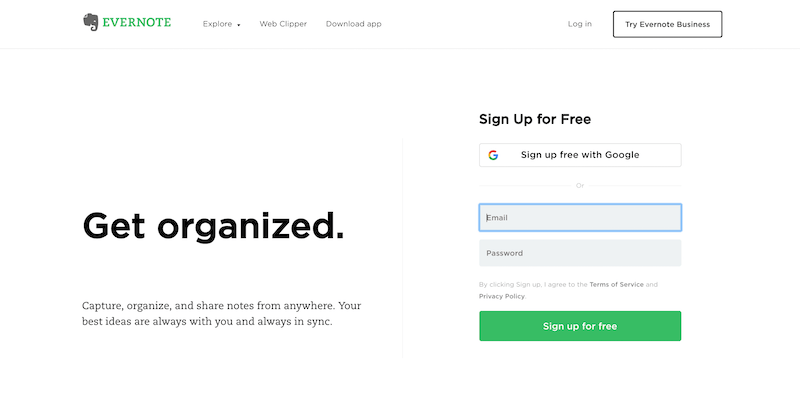
Landing pages don’t get much simpler than that. Yet, this landing page is still very effective.
To simplify your landing page strategy, see if you can stick to the following:
- Write a headline with 7 words or less
- Use a sub-headline to elaborate
- Use a single CTA
- Limit forms to 1-2 fields
If you can do that, we can almost guarantee no one will ever visit your landing page and ask, “Wait, what do I do now?”
Best Practice 2: Say It All Above the Fold
In web design, the term “above the fold” refers to the top part of a webpage that’s visible without further scrolling or clicking.
It’s estimated that 57% of viewing time is spent above the fold (and 74% on the two top screenfuls of content). Everything else is just filler.
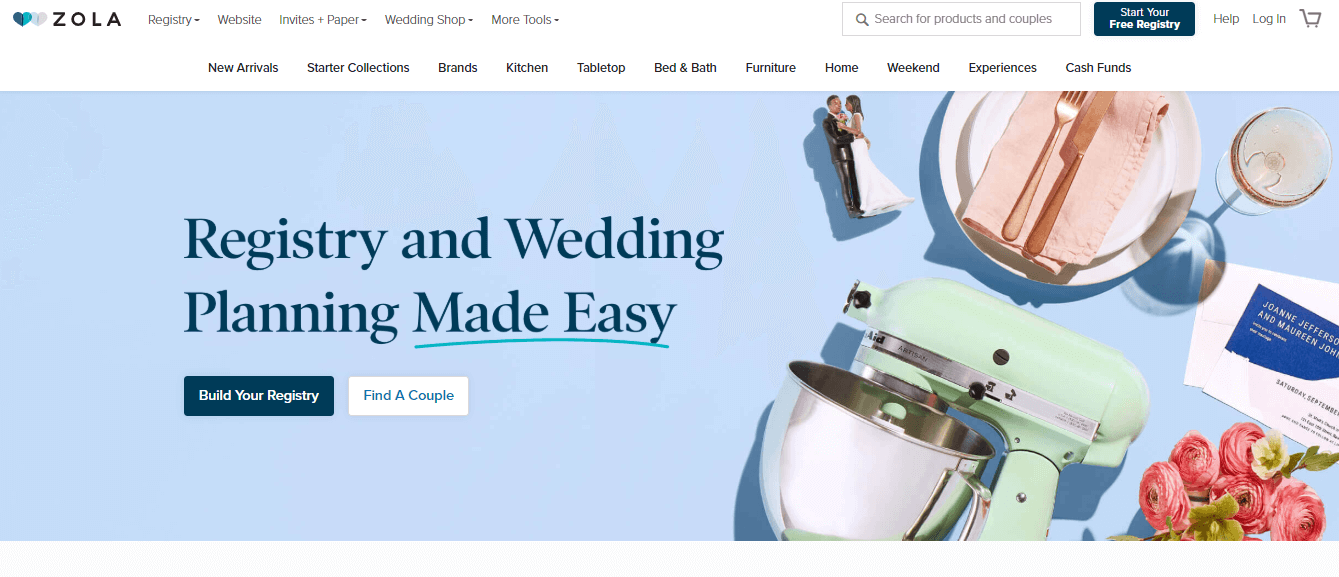
For better landing pages, don’t expect your audience to scroll or, worse, require them to do so. Put it all out there right from the start. Keep your unique sales prop and CTA fully visible at the top.
It’s okay to have longer landing pages (and sometimes even preferable), but your CTA needs to be clearly defined above the fold. Every time. This means that better, more user-focused content is a big part of how to improve landing page experience and how to improve landing page conversions.
For example, in a search engine optimization (SEO) strategy, Google’s webmaster guidelines provide guidance on content best practices that are meant for humans, and not just algorithmic manipulation: make pages primarily for users, not search engines; don’t deceive users, and avoid tricks that are only intended to improve SEO. A good rule of thumb is to ask yourself: “Does this help my users? Would I do this to improve my landing pages even if search engines didn’t exist?”
Best Practice 3: Unify Your Ad Campaigns and Landing Pages
What’s the difference between an ad campaign and a landing page?
Trick question. They’re the same thing. Well, almost.
Although your forearm and bicep are two individual parts, the two work together to perform vital functions. Just give a quick flex and see.
Ad campaigns and landing pages share the same relationships as your impressive bicep curls.
They’re the arm of your lead generation.
So, to flex your marketing properly, and to improve landing page conversions, they need to work together. Make sure that your landing page follows through on the premise of your ad. Match your headline, description, CTA, images, and overall design between the two.
They don’t have to be identical, but they should be seamless.
Like a one-two punch. Or should we say, one-two paw as we see in BarkBox’s excellent example.
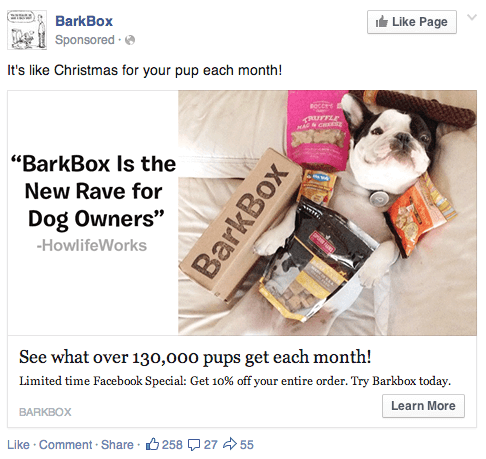
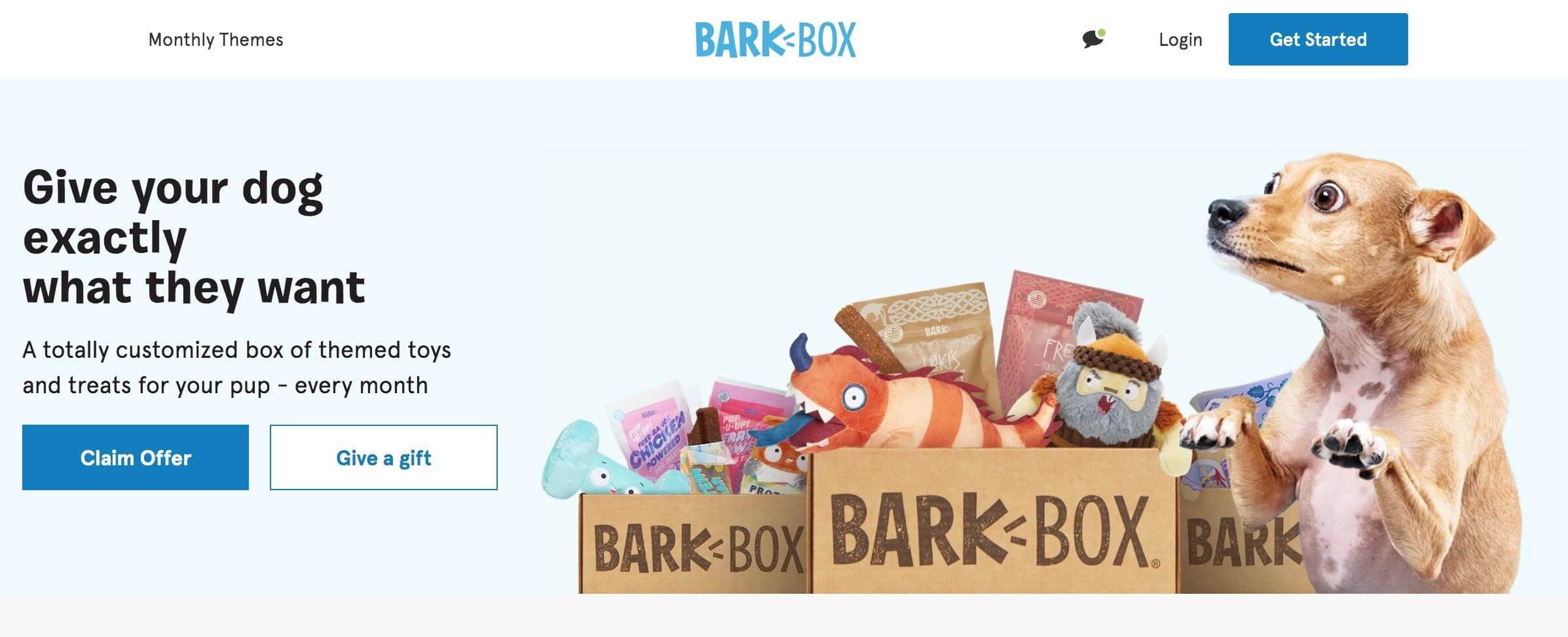
Most businesses create ads based on landing pages. That’s like putting the cart before the horse. So instead, we recommend doing the opposite. Come up with the ad copy and images (if there are any) first and then design your landing page around those.
What you’ll see in return are higher relevancy and quality scores, lower CPCs, increased click-throughs, and more quality conversions.
In fact, in Google pay-per-click search advertising, matching relevance is a big part of the Quality Score and a big part of ad performance in general. To improve landing page experience, as well as performance, try to ensure that your landing page keywords match up with the keywords and text of your ads. Google ranks keyword relevance in three ways:
- Above average
- Average
- Below average
Below average can be an indication that you need to re-think your keyword strategy if you want to get better landing page CTR.
This system can have big implications for improving landing pages as well as for improving your conversion rate for PPC campaigns. The more professionally and thoroughly your brand coordinates your on-page content with your ads, the more likely you are to improve your Quality Score. The more your target keywords match with your landing pages the more likely you are to increase ad-spend efficiency, conversion rate, and revenue! Google Ads even provides resources for checking keywords individually to see ratings for expected clickthrough rate, ad relevance, and landing page experience.
Best Practice 4: Design Landing Pages for Mobile First, Desktop Second
Even though a majority of online traffic comes from mobile and Google indexes sites based on their mobile experience, a lot of people still design landing pages around desktop and laptop screens. Then retrofit the layout for mobile.
Don’t do this! To understand how to improve landing page experience, think in a mobile-first mindset. In fact, there’s our new mantra… “mobile-first mindset.”
It’s not enough to just make your landing page “mobile-friendly.” It needs to be optimized for mobile—big difference.
A web design best practice is to design a page for mobile-first and then expand the design to desktop. If you can make your page work great on a tiny screen, it will only look all the more appealing on a bigger one.
Like this example :
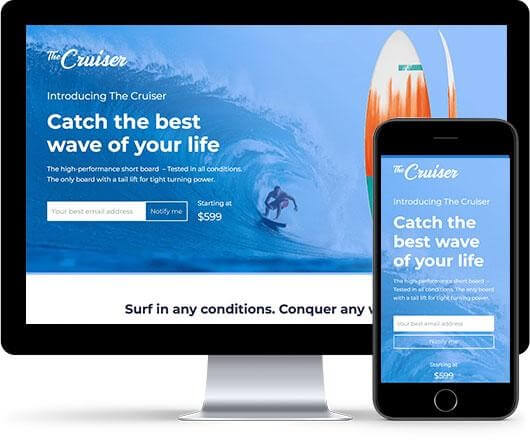
Responsive web pages pose a unique challenge for improving landing page experience because although they are great at adapting to screen sizes, you never know how your page will appear. This can result in:
- Layouts getting shifted
- Text overlapping images
- CTAs pushed below the fold
- Shrunken or removed content
Not cool.
Fortunately, if you design your landing page from a mobile perspective out of the gate and use the rest of the landing page best practices listed here, you won’t have to worry about any of that.
Best Practice 5: Make Your Landing Page Load Faster
Web pages should load in under 3 seconds – mobile and desktop versions alike. In fact, per Google’s standards, a site is considered “slow” on mobile if it takes longer than 2.5 seconds.
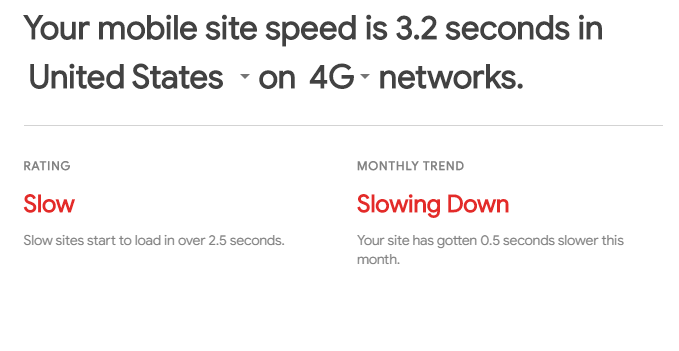
How long does your landing page take to load?
Find out with Google’s Test My Site.
The longer your landing page takes to load, the faster people are going to bounce. So, avoid doing anything that could weigh it down. Some straightforward ways to accomplish this are:
- Upload images sized 100KB or less
- Implement lazy loading
- Don’t use animations or transitions
- Use only web-safe fonts
If you’re looking for a more thorough way to speed up your landing page, check out the 7 best ways to improve page load time. Improving landing page load speed can also improve search engine traffic since site-speed is part of the search engine’s ranking algorithm. Plus, Google has introduced its “core web vitals” as metrics designed to measure certain factors that could negatively effect landing page experience – things like load-speed, delayed interactivity, and page layouts that shift too much during loading.
Best Practice 6: Capture Your Audience with SEO
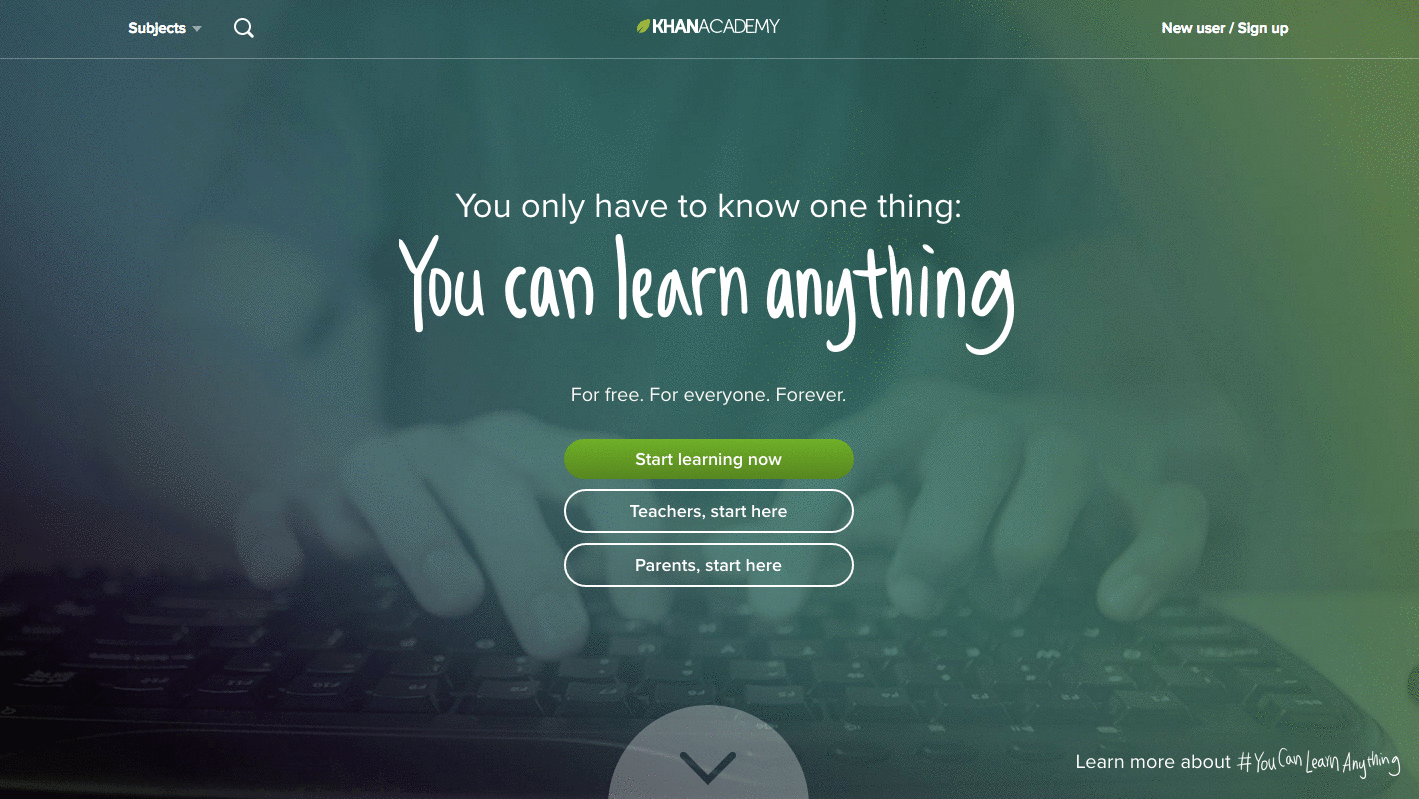
If we’re going to improve page load time, we can’t neglect basic landing page SEO best practices.
To start, identify a search query (or several) that your audience would likely use to land on your page. Then, create your landing page around the searcher-intent.
This isn’t so much SEO, as it is basic market research. If you understand what your audience is coming to your page to find, you’ll have a better chance of providing it.
- URL – Use key terms in your URL that speak to your target audience’s query.
- Title Tag – This is the headline that will appear in Google search results, so write something that entices your audience to click, and keep it under 60 characters.
- Meta-Description – This is the description that will appear in Google search results. Write a compelling meta that elaborates on your title. Use a strong CTA and keep it under 150 characters.
- Heading (H1) – This is the main headline that will appear on your page. This is one of the first things your audience will see…prime real estate! It needs to be clear, compelling, and typically under 7 words.
- Sub-Head (H2) – A sub-heading gives a little more context and allows you to further speak to your audience’s original queries.
- Body Copy – Clearly outline the features and benefits of your offer. Instead of getting caught up in keywords, focus on user experience.
- Images – Every image should have a unique filename, title, and Alt Text. Include your keywords when it’s relevant to the image.
- Linking – Internally link back to your landing page through your site on other pages, and blog posts can help give it some SEO juice and can also help route traffic to the page.
Those are the basics of landing page SEO. There’s a lot more to it, but at the very least, keep those in mind. If you want to take your landing page to the next level in search, we recommend diving deeper into ROI-driven SEO – since the concept of improving your landing page conversions is by focusing on what your target customers actually want.
At the end of the day, brand and page messaging are key. If you can optimize your landing page for your audience, you’re winning.
Best Practice 7: Improve Landing Page Performance with CRO
What better way to end than with what just might be the best landing page best practice? (And one of the most underrated).
While SEO focuses on understanding your audience and increasing quality site traffic, conversion rate optimization (CRO) boosts your lead generation, while continuously improving landing page performance.
Ultimately, your landing page CRO will involve two steps:
- Reassess how you generate leads for ultimate lead acquisition (see our 12 step guide to CRO)
- Review landing page best practices, like the six above
And then repeat.
Landing page creation, in general, is not a one-and-done deal. It takes patience, testing, and more testing. But when you do find that balance, it can pay off big time. If you need additional help on how to improve your landing pages, give us a shout, we’re happy to help!


